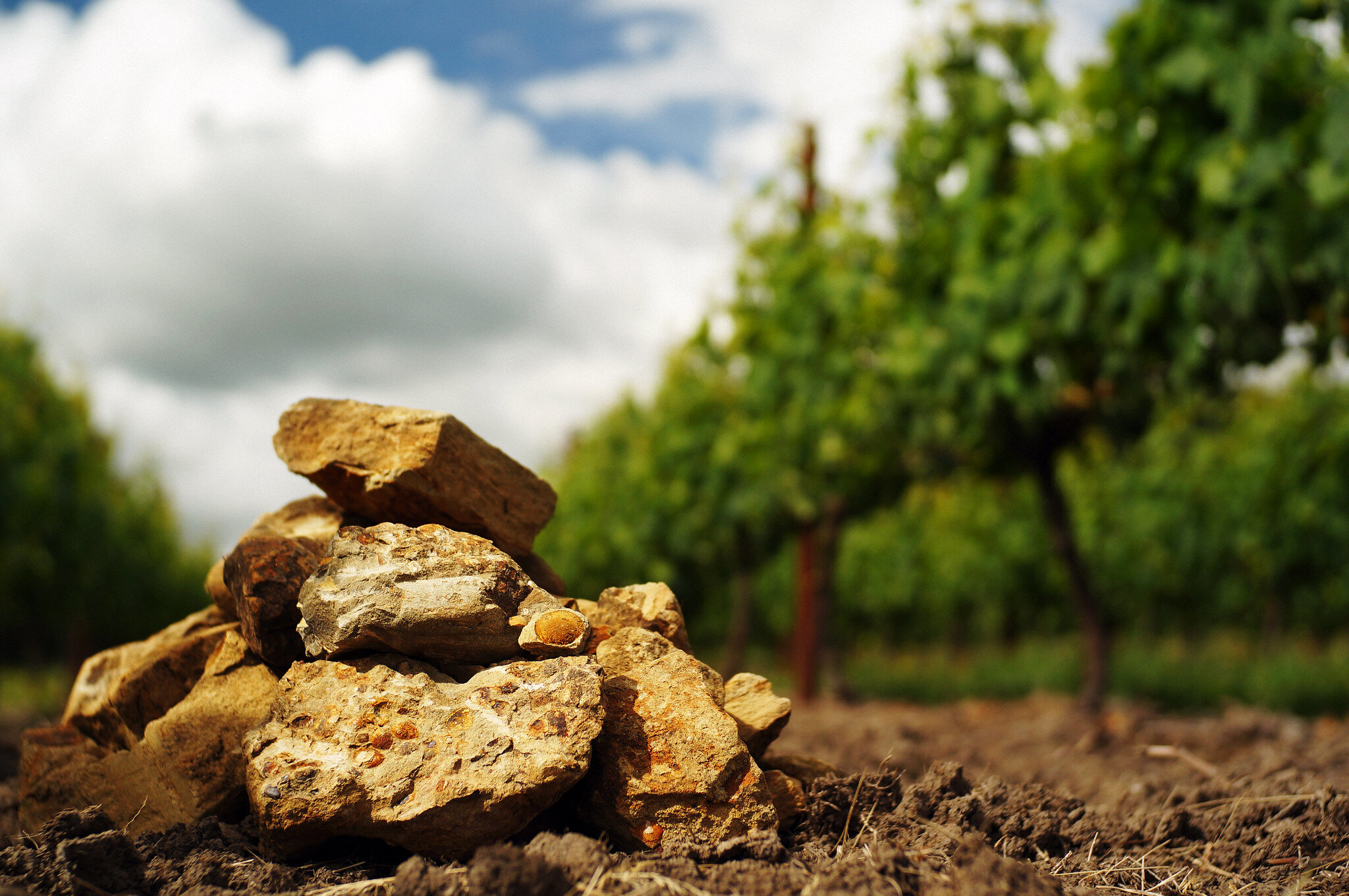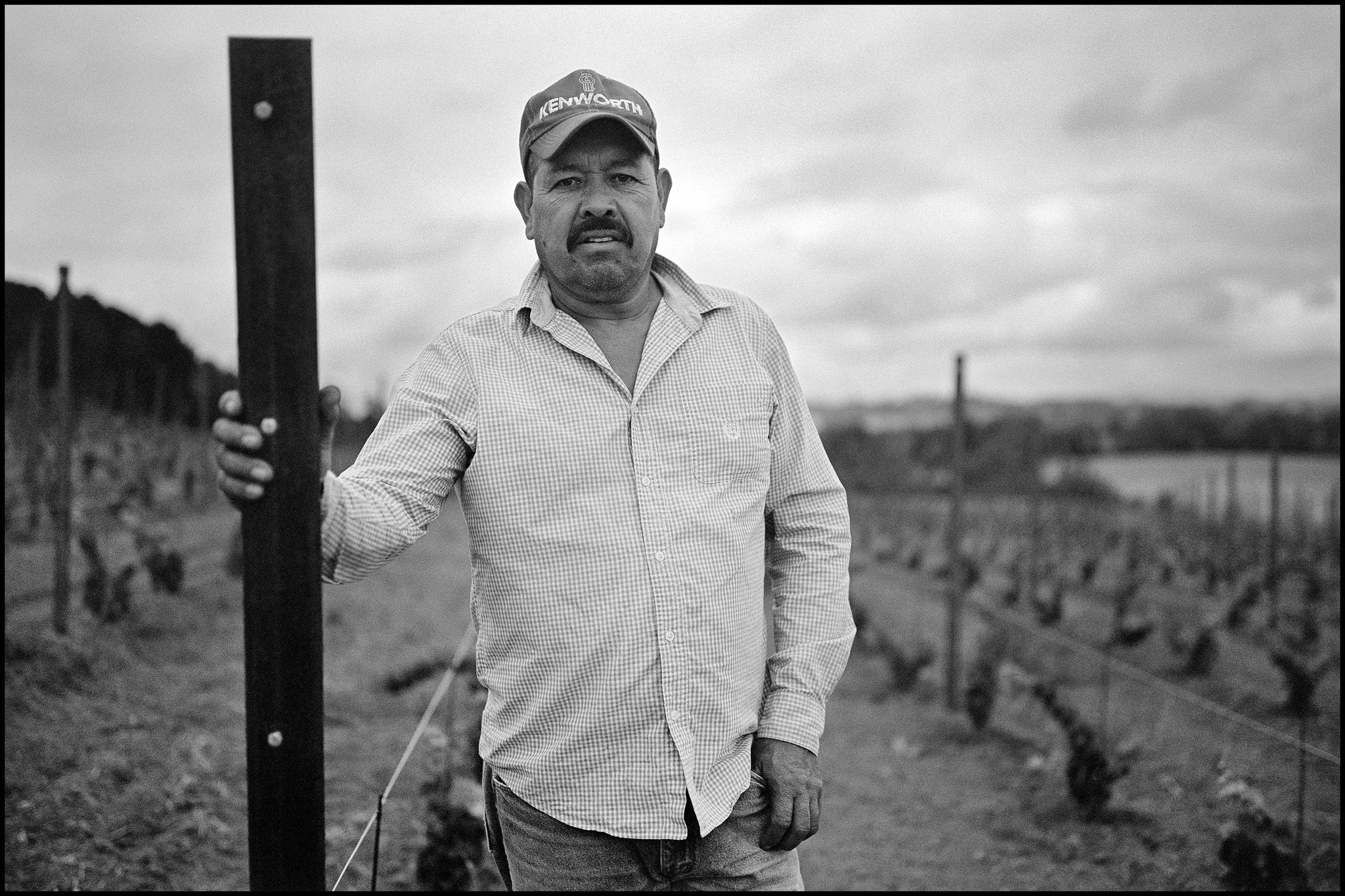LAND & HISTORY
A Brief, Incomplete Geologic History of Oregon
Roughly 400 to 100 million years ago, the west coast of North America was where today’s western Idaho border lies, the land that composes Oregon did not yet exist. Enormous chunks of rock formed by volcanic activity hitchhiked across the Pacific plate, gathering pieces of ocean floor with it, and smashed against the continental shelf. Too big to slide beneath the continent, they were instead fused to the edge, further glued on by ensuing lava floes. Over a period of 130 to 50 million years ago, marine sediment piled up along the growing coastline, forming shallow, muddy swamps that extended the width of the state. This buildup of land pushed the subduction zone further west (to roughly its current position), creating a huge volcanic arc across much of the state. Eruptions raged from 50 million years ago to about six million years ago, covering the state in basalt and tuff, forming the peaks of the Cascade mountain range.
More rocks carried by tectonic plate movements continued to plaster themselves to the coast, creating additional framework for marine sand and mud to accumulate, compress, and develop deep strata of sedimentary rocks as sea levels rose and fell repeatedly over the next several millennia. At the end of the last Ice Age, 20,000 to 15,000 years ago, ice dams in Montana broke, unleashing a series of catastrophic floods that scraped topsoil from present-day Montana, Idaho, and eastern Washington and dumped it into the Columbia Basin and Willamette Valley. Repeated flooding occurred more than 100 times, periodically turning the Willamette Valley into a large lake. As waters receded, deep silt deposits covered the valley floor up to 200 feet.
A Land Acknowledgement of Sorts
The earliest evidence of humans living the Willamette Valley are stone “Clovis” points, carbon-dated to about 13,200 years ago, which are attributed to the ancient ancestors of the Kalapuya, the first people of this land. The Willamette Valley was home to the Kalapuya nations for thousands of years until the treaties of 1851-1855, after which the US Government dispossessed the Kalapuya of their homelands and forcibly relocated them to reservations. All the vineyards we source from are planted on Kalapuyan land. As we farm, work, and live in this place, we continue to reap benefits from white supremacy and its attendant structural racism.
Acknowledgement, of course, is just a first step. In the wine industry here we love to talk about soil and place, conveniently fast-forwarding from 15,000 years ago to about 50 years ago. The erasure of the less-marketable, more uncomfortable bits gives air space to white-settler mythology and exaltation of “pioneering.” At minimum, we make note of this as an attempt to bring Indigenous history (and present) back into the larger narrative around Oregon wine.







